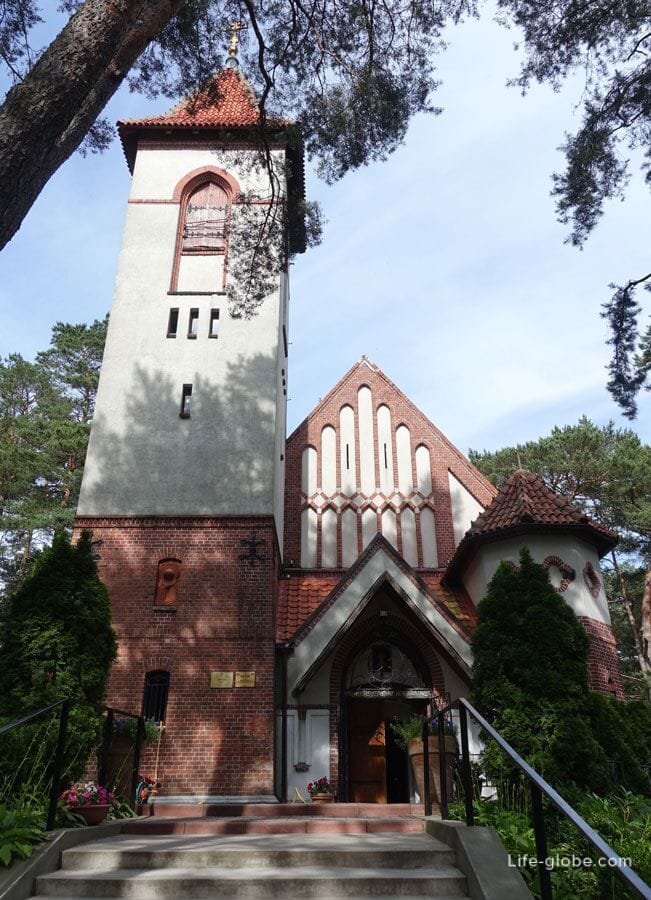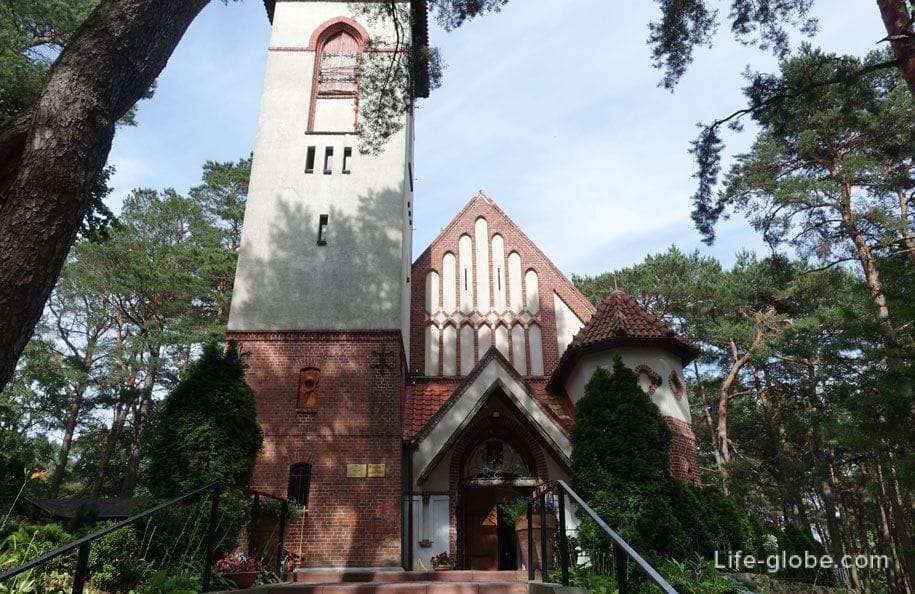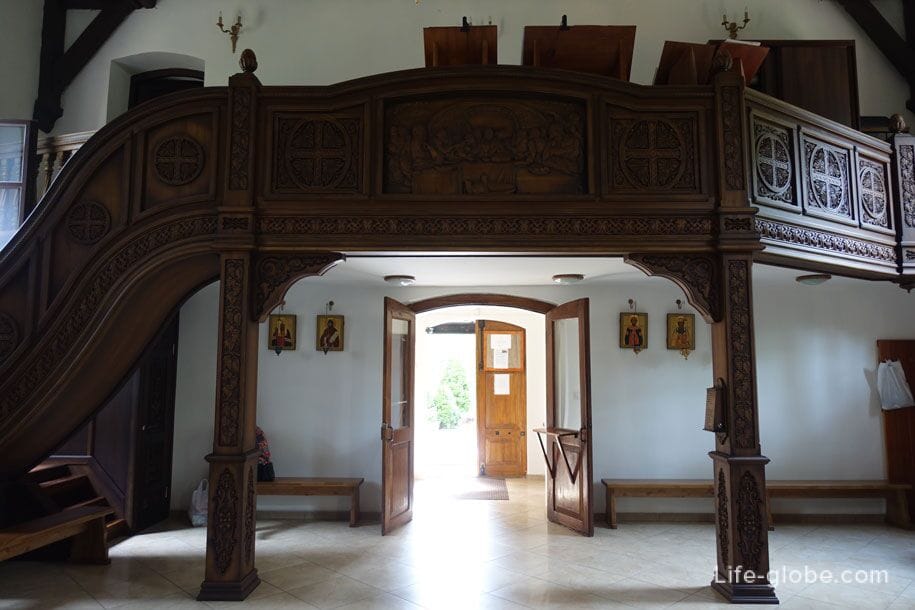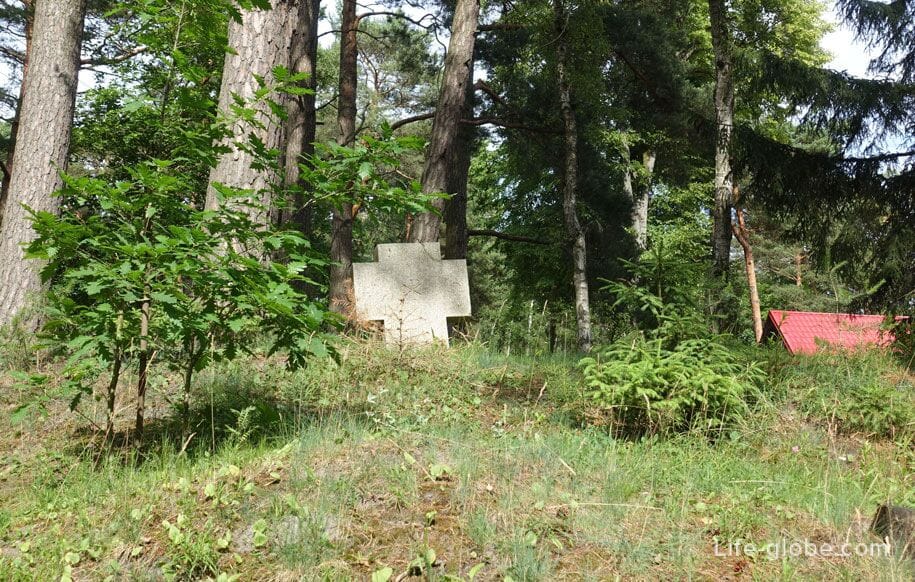
The Church of Seraphim of Sarov, the full name of the Church of St. Seraphim of Sarov is the former Evangelical Lutheran church of Raushen (now the city of Svetlogorsk).
The city Evangelical Church of Raushen was founded in 1903 and was built until 1907. The architects were Wichmann and Kukkuk.
The building was built in the Neo-Gothic style with elements of Art Nouveau. The interior of the church was designed under the supervision of architect Hugo Goering, who lives in Rauschen. He also created and donated the famous carved altar to the parish.
A small, beautiful sounding organ was presented to the church by the owner of the glass and porcelain manufactory Brandstaedter.
The lighting of the church took place on July 7, 1907.
During the Second World War, the church building was almost not damaged. In the post-war years, when Raushen became Svetlogorsk, the church building was used as a sports hall of a secondary school.
Since 1991, the former church of Raushen has been the Orthodox church of St. Seraphim of Sarov. The official transfer of the church to the Russian Orthodox Church was completed in 1992. The consecration of the church in the name of St. Seraphim of Sarov was led by Metropolitan Kirill of Smolensk and Kaliningrad.
By the Decree of the Government of the Kaliningrad Region dated March 23, 2007 No. 132, the church received the status of a cultural heritage object of regional significance.


The original interior of the church was completely lost.
The modern interior of the Orthodox church meets all its traditions, but is also simple in execution and made in bright colors. There are small wooden choirs above the entrance, and icons are placed on the walls.


The Temple of Seraphim of Sarov is located in the city of Svetlogorsk, at the address: Mayakovsky Street, 14.
The website of the Temple of Seraphim of Sarov: hram-serafim.ru
Next to the church, on the opposite side of Mayakovsky Street, on a small hilly hill, there is a Memorial cross in honor of the residents of the parish who died during the First World War, installed in Raushen in the 1920s.
On one side of the cross, in its upper part, there is an inscription in German: "Now they hope for a better fatherland", in the lower part: "To our heroes who died for us in 1914-18, we remember and love", and on the other side of the cross, the monogram of Christ is carved.
Currently, the upper quarter of the Memorial Cross has been preserved, on the front side of which there are traces of bullets.
